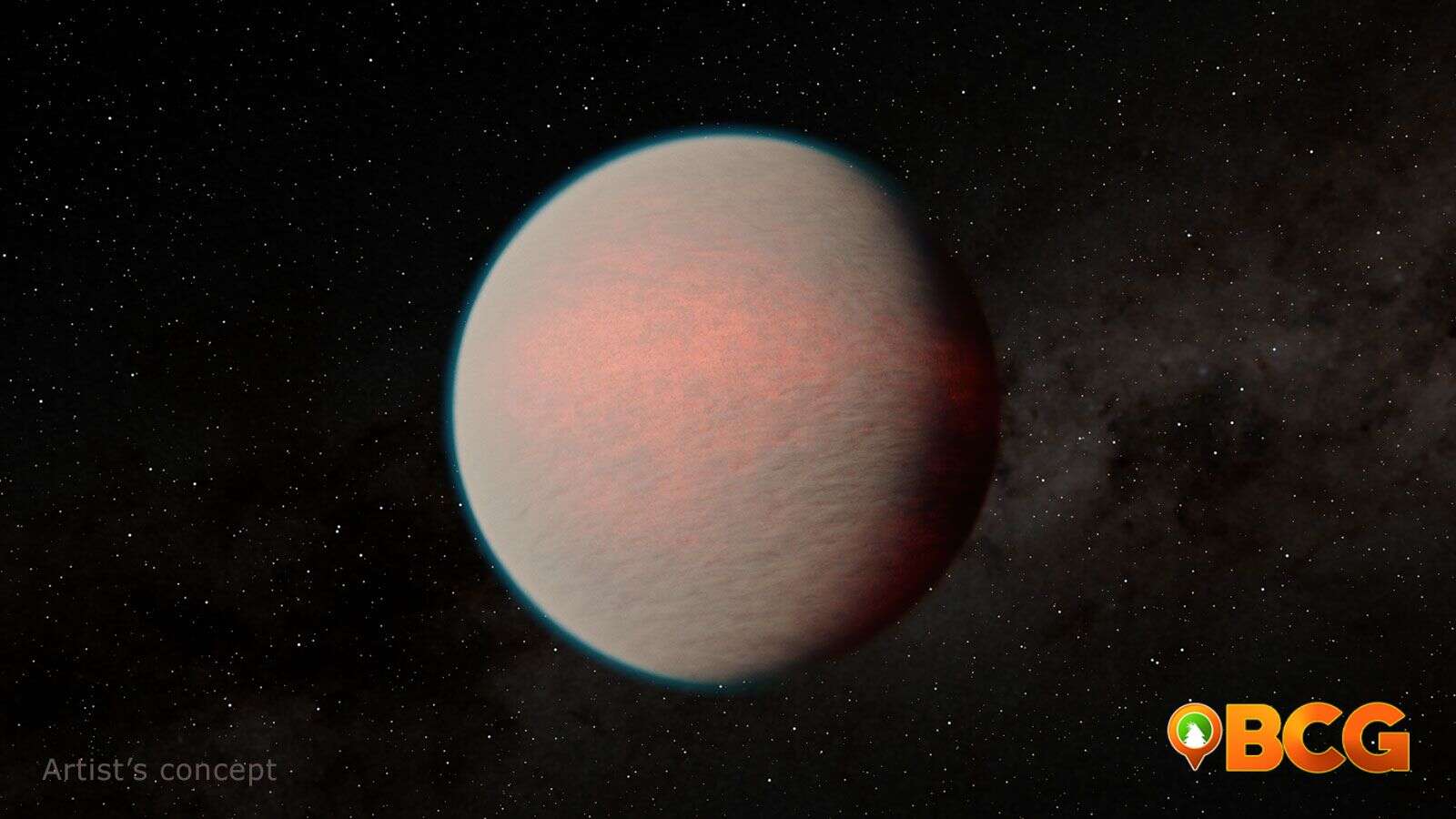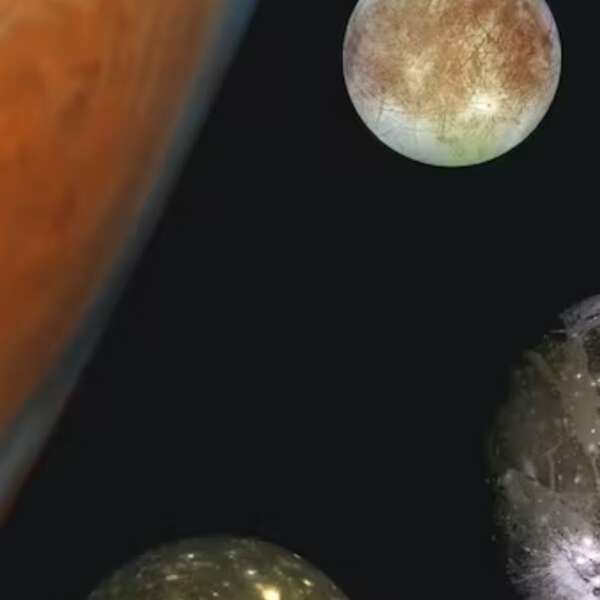James Webb Telescope Sheds Light on a Mysterious Type of Planet

This artist’s concept depicts the planet GJ 1214 b, a “mini-Neptune” with what is likely a steamy, hazy atmosphere. A new study based on observations by NASA’s Webb telescope provides insight into this type of planet, the most common in the galaxy. Credit: NASA/JPL-Caltech/R. Hurt (IPAC)
NASA’s James Webb Space Telescope has helped scientists take a closer look at a unique type of planet, known as a “mini-Neptune”, which is quite common in the galaxy but not well-understood. The planet in focus, called GJ 1214 b, is unlike anything found in our solar system and is likely a highly shiny, steamy world.
Despite being too hot for liquid water oceans, it’s believed that water vapor could be a big part of the planet’s atmosphere. Its atmosphere is shrouded in a haze or cloud layer, which until now, was pretty much a mystery. Lead researcher Eliza Kempton believes that the planet could have been a “water world” when it formed, rich in water and ice.
To study GJ 1214 b, the team didn’t just observe the light from its host star that filtered through the planet’s atmosphere, they also followed the planet almost throughout its entire orbit. They used Webb’s Mid-Infrared Instrument (MIRI) to make a “heat map” of the planet, revealing information about its atmosphere.
This map showed that there is a significant difference between the temperatures of the planet’s day side and night side, indicating the presence of heavier molecules like water or methane in its atmosphere. This suggests that the planet’s atmosphere isn’t made primarily of hydrogen, hinting at its watery origins.
Surprisingly, the planet is much cooler than expected because its shiny atmosphere reflects a lot of the light from its star instead of absorbing and heating up. This discovery can potentially unlock more knowledge about mini-Neptunes, which are common in the galaxy but not present in our solar system.
The team believes GJ 1214 b might have formed further from its star, then gradually moved closer. But more observations are required to confirm this and gather more details about this and other mini-Neptunes.
The James Webb Space Telescope, an international project led by NASA, ESA (European Space Agency), and CSA (Canadian Space Agency), is the world’s top space science observatory. It aims to solve mysteries in our solar system, explore distant worlds, and study the mysterious structures and origins of our universe. The MIRI instrument, which played a crucial role in this study, was jointly developed by NASA and ESA.
SOURCE: NASA JPL















